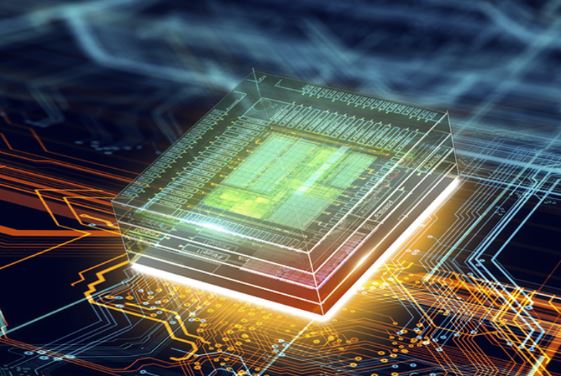TSMC Starts Shipping EUV N7+ Chips, AMD Among Likely Customers

TSMC today announced that its N7+ process is going to market in high volume, and the company already has customers lined up, including AMD, which has stated publicly that it will use the new 7nm+ process for its future Zen 3-based chips.
It’s not "just" TSMC’s first process that uses the long-awaited extreme ultraviolet (EUV) lithography, TSMC also claims that N7+ is the industry’s first commercially available EUV process. The company did not clarify which products will use the new chips.
The Taiwan company claims that N7+ is the first EUV-based process that will deliver products to the market and that is putting capacity in place for multiple customers. With that claim, TSMC would beat Samsung to the punch, which announced a year ago to have started production of 7nm. Huawei and AMD have publicly indicated that they will use TSMC's technology, but AMD's Zen 3 chips are set for release in the second half of 2020.
TSMC claims that its N7+ production is one of its fastest ever, which presumably means in terms of yield learning, as TSMC then goes on to say that N7+ is already matching yields of the original 7nm process from 2018 that debuted with Apple’s A12 chip. N7+ went into volume production in May and will be followed by the slightly improved N6 by the end of 2020, with similar density of N7+ but full design rule compatibility to N7.
N7+ is derived from TSMC’s regular N7 (which appears to be having some supply issues) and basically serves as the company’s first EUV-enabled process technology, using the expensive ASML steppers for a limited number of critical layers. N7+ provides customers 15-20% more density and also improved power consumption.
EUV is the long-awaited next-gen lithography solution for patterning features on a die. Once put on the roadmap for the 32nm node, or even earlier, traditional 193nm DUV has been extended through immersion lithography, which uses water between lens and water, and multiple patterning techniques. EUV’s 13.5nm wavelength allows to print features 26nm apart, compared to immersion lithography’s 76nm limit.
TSMC says that after many years, the tools have now reached production maturity in terms of availability (uptime) and throughput. TSMC did not disclose availability, but production targets are close to or above 90%. TSMC reported power output above 250W.
Stay On the Cutting Edge: Get the Tom's Hardware Newsletter
Get Tom's Hardware's best news and in-depth reviews, straight to your inbox.